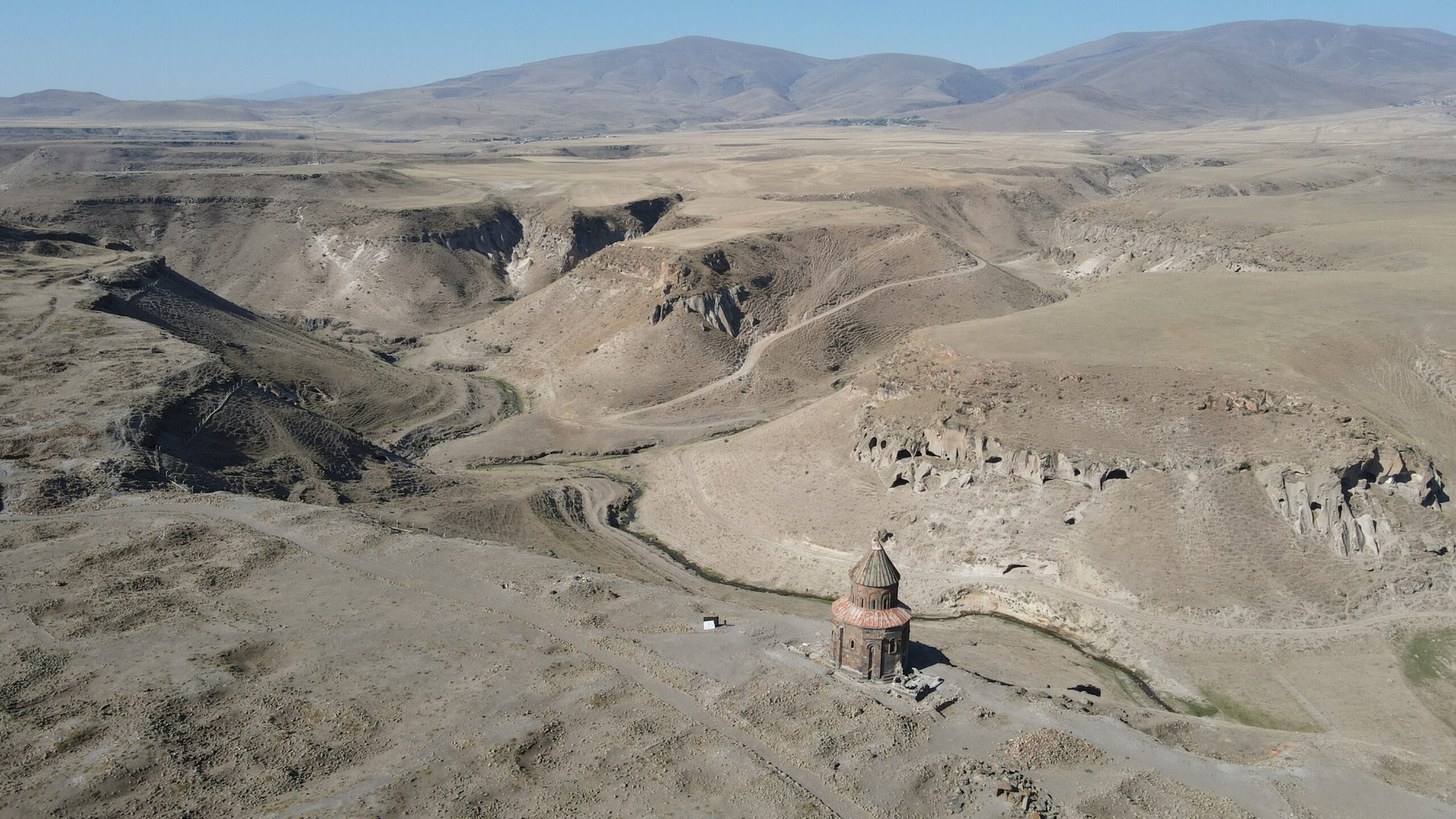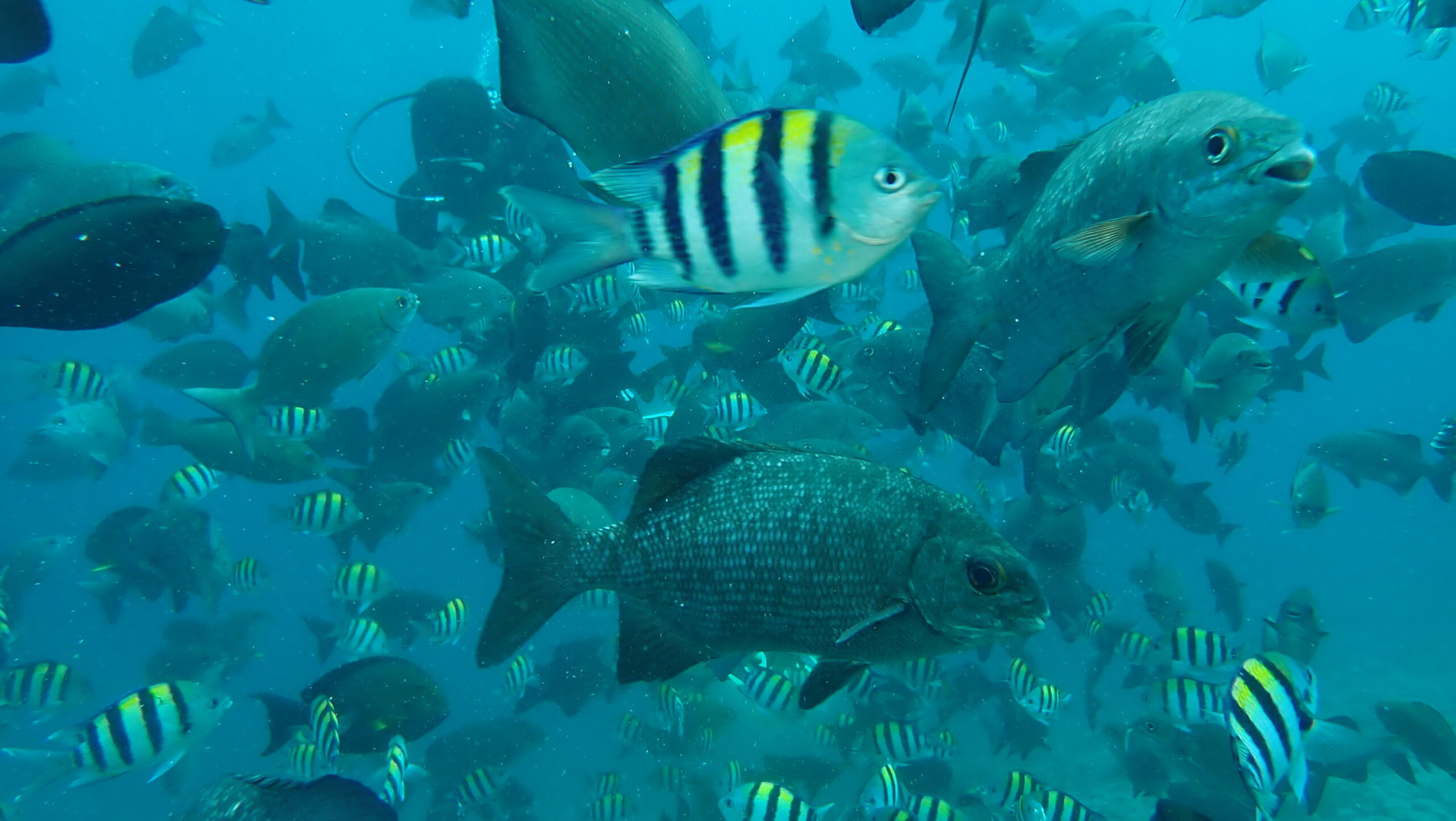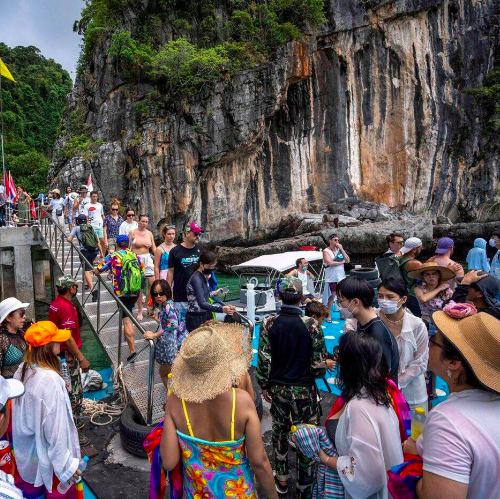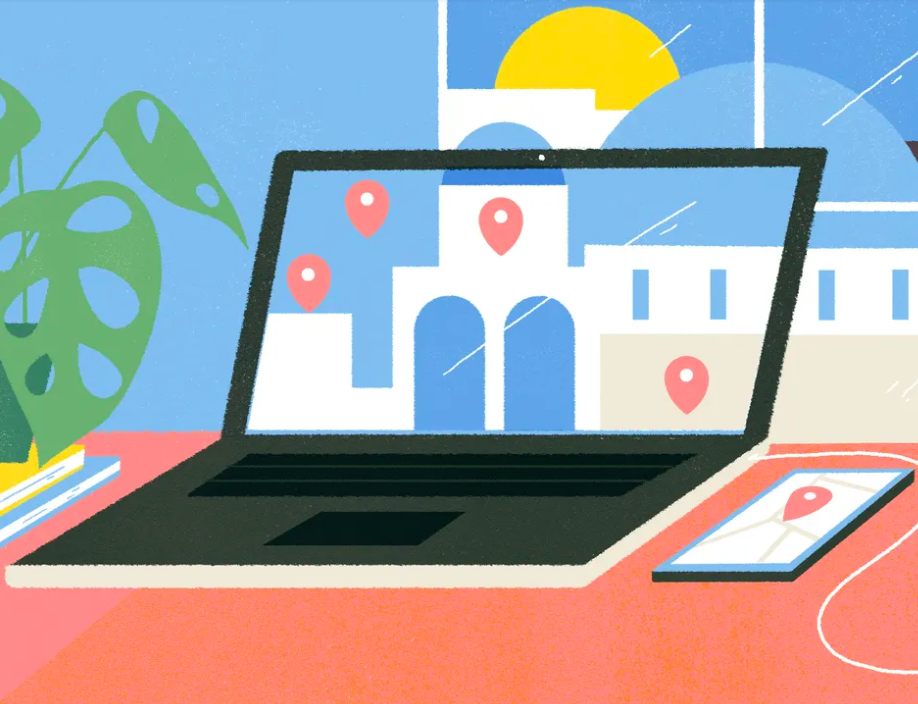When the stars align, there’s nothing quite like travel: walking through the wondrous remains of an ancient civilization; tasting a mysterious delicacy for the first time; or exchanging stories about home with a curious local born of a different world.
But while tourism never has been perfect, the balance of priorities has shifted heavily towards the visitor in recent years as the people living in popular destinations benefit less and less from valuable economic income and cultural mixing. The travel industry now faces a critical reckoning — particularly in the context of the climate crisis.
Yet many of the negative impacts of tourism — from gentrification to pollution and the disappearance of public space — are largely due to policies from the industry and governments. Subsidized short-haul flights incentivize carbon-spewing brief getaways, and a lot of media coverage (often paid for by tourist boards, airlines and hotel chains) promotes destinations and activities focused on spending money.

But most travelers, especially readers of Reasons to be Cheerful, if given the choice, would prefer to have meaningful travel experiences that genuinely benefit communities rather than transactional, superficial and damaging trips.
So here is a non-exhaustive, entirely subjective series of tips for how to be a better tourist, drawing on the knowledge of renowned experts in the field as well as my own humble learnings gathered over the years.
Crushed by negative news?
Sign up for the Reasons to be Cheerful newsletter.Figure out the why before the where
For some people, particularly those living in sun-starved cities, vacations are all about spending every minute doing as little as humanly possible while lying on a beach and sipping on a cocktail. And why not? But not all intentions are quite so clear-cut. Award-winning travel writer Sebastian Modak, a previous 52 Places Traveler for the New York Times, believes that intentionality is crucial to traveling responsibly. “Why are you planning a certain trip? What do you hope to get out of it?” he asks. “If you can’t really answer the questions, or if the answer points to a kind of extractive form of travel that prioritizes what you can take from a place, maybe it’s time to reconsider that trip. Travel at its best is an exchange; the real magic unfolds over shared dinner tables with strangers, chance encounters, and moments of serendipity that you can’t plan for and you can’t check off the list. Because of that, I’d argue, great travel experiences have much less to do with where you’re going than why you’re going.”
Throw out the “Bucket List”
The Bucket List, a shorthand for the hallowed record of Things to Do Before You Die, is in some ways at the root of much of the worst tourism. Such lists often reduce cultures and destinations to their barest, most fetishized stereotypes, and create overtourism that not only diminishes what made those places beautiful and alluring in the first place, but can force communities to change how they live to meet those expectations. Think: Marrakech’s bazaar, full of cut-throat traders who now are transfixed by tourist dollars, or African “tribes” that perform an exoticized image for visiting Westerners. Glorified monuments like Rome’s Colosseum, Egypt’s Pyramids of Giza and the Eiffel Tower in Paris have undoubted value, but the only thing guaranteed is a transactional experience. There is no greater travel turn-off than when somebody says you must visit a place.

Embrace Google Maps discovery
If you want to take things into your own hands (and feet), there is perhaps no better tool to discover new places than Google Maps. Often, the travel guides you find on the internet are written by people who have never actually been to the place they’re writing about. And if they have, they’re likely basing their findings on a brief, superficial holiday. Who is the author? And why are they an expert? While Google Maps has its limits — paid ads can give listings prominence, often robots are used to create reviews, and, simply, not everything is listed (those places are often great and truly local) — but it remains a hugely democratizing tool. My approach to exploring a new city these days is to find a neighborhood not mentioned in any guides and to search for accommodation and restaurants on Maps. It’s very unlikely you’ll see other tourists, the interactions you have will be special and it’s damn cheap.
Go off the grid
It may be easier, or simply more obvious, to go to the hot list of Bali, Lisbon, Istanbul, Mexico City, Costa Rica and more. But without fail, the most memorable, rewarding travel experiences I’ve had in my life have been to places that are far from any travel guide or list. I witnessed the extreme generosity of Kurdish locals in the remote city of Diyarbakir while bussing across eastern Turkey, I shared tea with Native basket weavers in the Navajo Nation while on a road trip through the American Southwest, and I strolled alongside baby elephants while hitchhiking between ethnic villages in India’s rawly beautiful northeast. “Choose destinations that aren’t suffering from overtourism,” says Jeremy Tarr, digital editorial director at Fodor’s, which took the unprecedented step of publishing a No List for 2023, urging readers to reconsider visiting destinations like Venice and California’s Lake Tahoe due to the impact of overtourism. “I know how unreasonable that might sound, but the world is vast and beautiful, and there are plenty of destinations not overwhelmed by tourists.” And if you really have to go, go off season. There’s a reason why Parisians flee in August.
Take a walk on the wild(life) side
Overtourism is always going to be a threat to hotspots such as cities and well-known spectacles, according to Hilary Bradt, founder of the legendary Bradt Guides, but she argues that wildlife tourism is unique. Amsterdam, for example, can only handle so many visitors within its canal-lined streets, and those looking to climb Everest often have to contend with huge queues. But wildlife tourism, when done in a controlled manner, can be resoundingly positive.

“In my 50 years of traveling to the world’s least visited countries, I have seen the benefits of wildlife tourism over and over again,” says Bradt. “Local communities learn that a live animal in the wild is more valuable than one in the cooking pot. They work with conservationists to protect endangered species, and the fees paid to the national park authorities help with expensive projects such as planting more trees to establish wildlife corridors. The animals become habituated and easier to see. It’s a win-win situation.”
Go Local
In many senses, the best way to travel is local and locally. Rather than patronizing multinationals like Starbucks, or even national chains, look out for the mom and pop stores, family-run restaurants and locally-owned hotels or homestays. Try to go to the producers themselves — whether that be for fabrics, coffee or otherwise — for a beautiful experience and to make sure your money reaches those who put the work in. “Usually, the folks living in a community are far more invested in its well-being than a foreign-owned corporation benefiting from tourism leakage,” adds Tarr. Find a local guide, too. Or better, make friends with locals. They have the best knowledge. “Bin the travel guide and don’t do your research before, go to the country and ask the locals where to eat, where to go, where to swim,” says Hugues Séraphin, a lecturer in tourism at Oxford Brookes University.
Aim for slowness, imperfection and adventure
The tyranny of the itinerary is in some ways understandable, since most people, for obvious reasons, are short on time when it comes to traveling. But, as in life, such fixed, perfectionist plans, without space for serendipity or mood change, are doomed to be unhappy. “[There is] an almost sports-like pastime to reference every possible available recommendation and ‘best of’ list and cobble together a bulletproof itinerary,” wrote Rebecca Jennings in an astute feature for Vox in July. “But it all ends the same: with thousands of people doing the same things, in the same places, at the same times.” Leave gaps to breathe and time to be adventurous. When was the last time you struck up a conversation with a stranger? Slow travel, while a privilege, is by far the most rewarding — and it can change how you see everything. “In an age of mass travel — when people can cross the world on a whim — it becomes all the more important to open your mind to the magic that can be found anywhere, not just in so-called ‘exotic’ locales or where your hippest Instagram friend says you should be going,” as Modak puts it.










